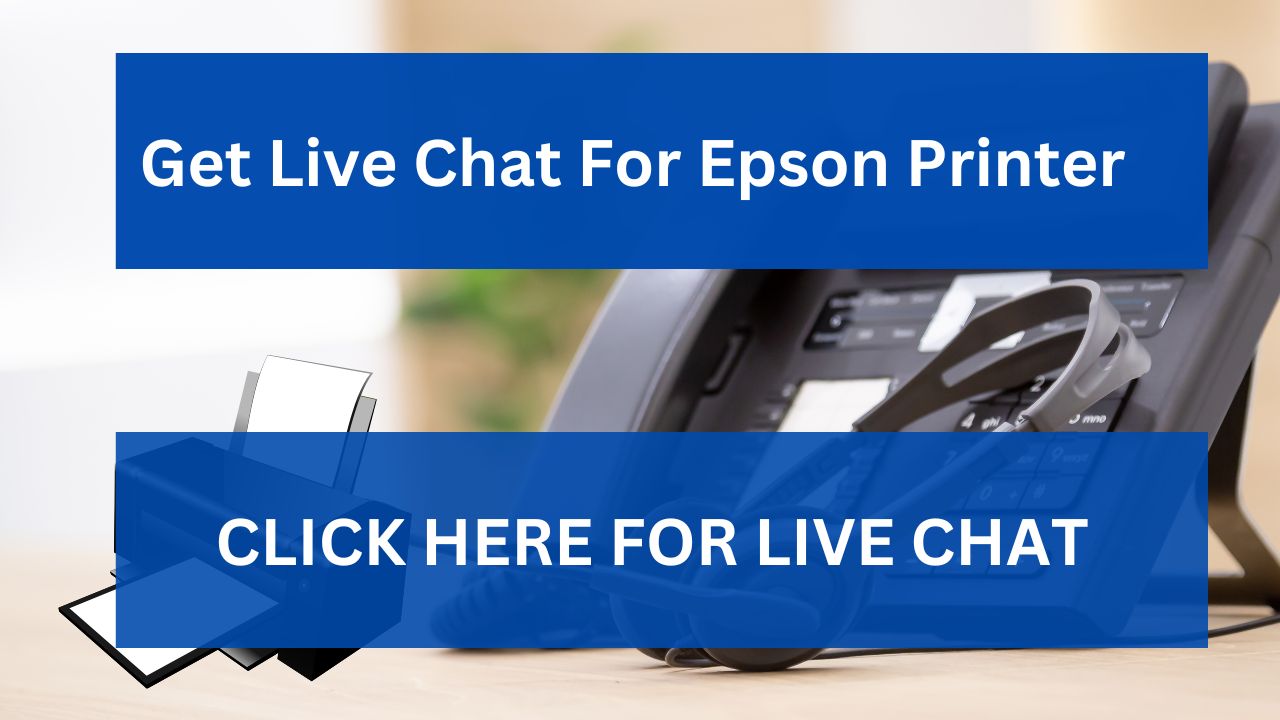How To Fix Epson Printer Not Connecting to Internet
Updated
by Mills Stanley

When an Epson printer is not connecting to the internet, it can be a result of various issues such as network configuration problems, router settings, or even printer firmware. Here’s a comprehensive guide to troubleshoot and resolve these connectivity issues:
1. Verify Network Settings
Check Printer Network Settings
- Wi-Fi Connection: Ensure the printer is trying to connect to the correct Wi-Fi network. On the printer's control panel, navigate to the network settings and confirm the network name (SSID) is correct.
- Signal Strength: Check if the printer is within range of the Wi-Fi router. A weak signal can cause connectivity issues.
Confirm Wi-Fi Password
- Ensure that the password entered on the printer for your Wi-Fi network is correct. Re-enter the password if necessary to confirm.
2. Restart Devices
Restart Printer and Router
- Printer: Turn off your Epson printer, wait for a few seconds, and turn it back on.
- Router: Power off your router, wait for 10-20 seconds, and power it back on. Allow the router a few minutes to fully restart and establish an internet connection.
Restart Computer
- Reboot your computer to refresh its network settings, especially if you're accessing the printer via a computer.
3. Update Printer Firmware
Check for Firmware Updates
- Go to the Epson support website and search for your printer model. Download and install any available firmware updates. Firmware updates can resolve bugs and connectivity issues.
4. Router Configuration
Check Router Settings
- SSID Broadcast: Ensure your router is set to broadcast its SSID (network name). If SSID broadcast is disabled, the printer won't see the network.
- Network Mode: Make sure your router is set to a compatible network mode (e.g., mixed mode b/g/n). Some printers may not connect to 5 GHz networks, so ensure the printer is connecting to a 2.4 GHz network if necessary.
Assign Static IP Address
- Static IP: Assign a static IP address to your printer through the router’s DHCP settings. This prevents IP address conflicts and ensures the printer remains connected to the same IP address.
5. Firewall and Security Settings
Adjust Firewall Settings
- Router Firewall: Check the router's firewall settings to ensure it isn’t blocking the printer. Add the printer to the list of allowed devices if necessary.
Disable MAC Address Filtering
- If your router has MAC address filtering enabled, make sure the printer’s MAC address is added to the allowed list.
6. Advanced Troubleshooting
Check Printer’s Network Configuration Page
- Print a network configuration page from your printer’s control panel to see detailed network settings and status. Look for any errors or misconfigurations.
Ping the Printer
- From a computer, open Command Prompt (Windows) or Terminal (macOS) and type
pingfollowed by the printer’s IP address (e.g.,ping 192.168.1.5). This checks if the printer is reachable over the network.
Reset Network Settings on Printer
- Reset the network settings on the printer to factory defaults and reconfigure the Wi-Fi settings from scratch.
7. Driver and Software Updates
Update Printer Drivers
- Download the latest printer drivers from the Epson support website and install them on your computer. Outdated drivers can cause connectivity issues.
Install Epson Printer Software
- Install the full Epson printer software package, which includes utilities that help with network setup and troubleshooting.
8. Contact Epson Support
Get Professional Help
- If you’ve tried all the above steps and your printer still won’t connect to the internet, it’s time to contact Epson customer support. They can provide further troubleshooting steps or determine if there’s a hardware issue with the printer.
Detailed Troubleshooting Steps
Step-by-Step Guide to Reconnect Your Epson Printer
- Check Printer’s Control Panel:
- Navigate to the Network Settings on your printer’s control panel.
- Select Wi-Fi Setup Wizard and choose your network from the list.
- Enter your Wi-Fi password and confirm.
- Assign Static IP Address:
- Access your router’s settings via a web browser (usually by typing
192.168.1.1or192.168.0.1). - Log in with your router’s credentials.
- Find the DHCP reservation or IP allocation section.
- Add a new reservation for your printer using its MAC address (found on the network configuration page).
- Assign a static IP address within your network’s range (e.g.,
192.168.1.50).
- Access your router’s settings via a web browser (usually by typing
- Firmware Update:
- Go to Epson’s support website and search for your printer model.
- Download the latest firmware update.
- Follow the instructions to update the firmware via USB or network connection.
- Router Settings:
- Ensure your router’s SSID is broadcasting and the network mode is set to mixed or a compatible mode.
- Check for firmware updates for your router on the manufacturer’s website and update if available.
- Network Reset on Printer:
- On the printer’s control panel, go to Network Settings and select Restore Network Settings or similar option.
- Reconfigure your Wi-Fi setup after the reset.
Conclusion
Fixing an Epson printer that won’t connect to the internet involves checking network settings, restarting devices, updating firmware, configuring the router, adjusting firewall settings, and possibly assigning a static IP address. By methodically working through these steps, you can resolve most connectivity issues. If all else fails, contacting Epson support is a reliable option for further assistance.